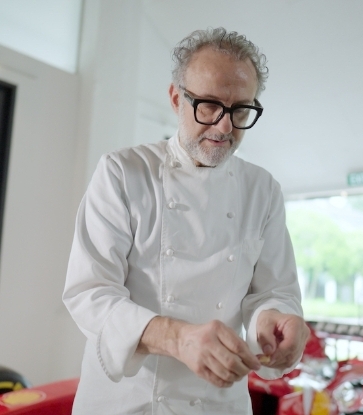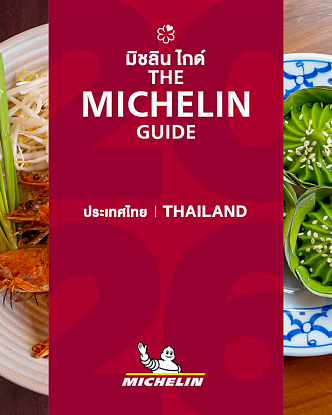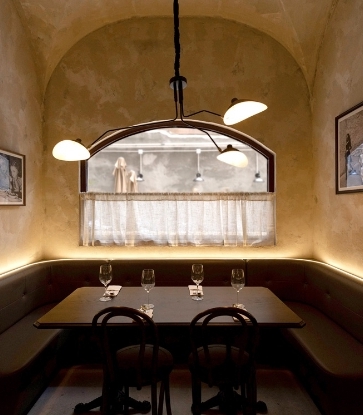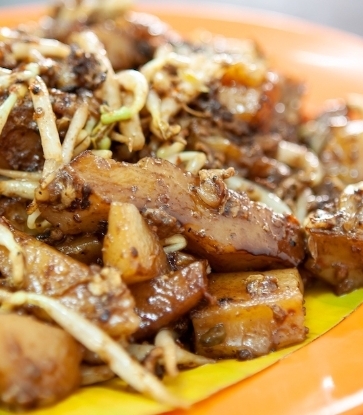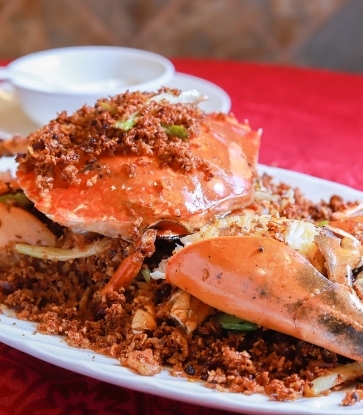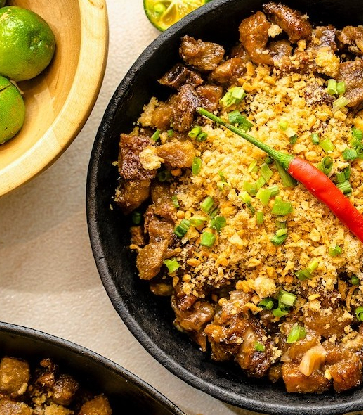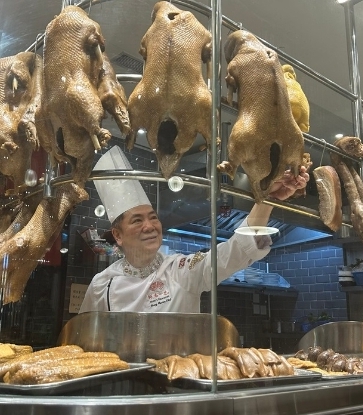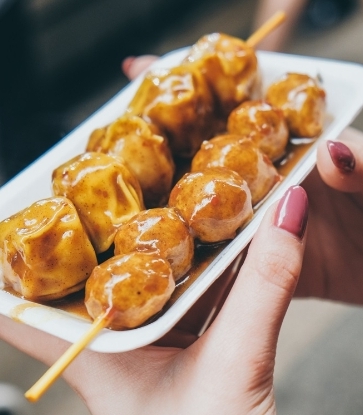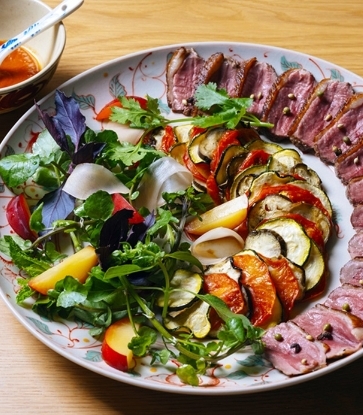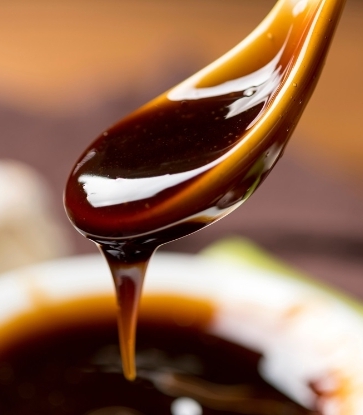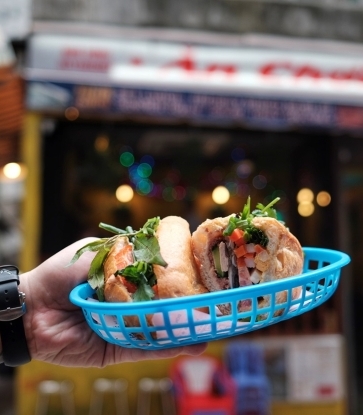It takes something quite special for a small restaurant to establish a multi-generational run in Hong Kong. Beyond culinary excellence, these are the neighborhood spots that have successfully built a strong bond with local diners and adapted to the many changes of the city to survive its cutthroat dining scene.
This includes two Bib Gourmand restaurants that have consistently nourished the body and soul of the local community. Each was opened by the patriarch of a family, and years later, reinvigorated by the founder’s son. By coincidence, they share the same name: Sang Kee.

An ongoing legacy: two generations of aromatic mastery in braised delicacies
Sang Kee Foods (Western District)'s tender, aromatic goose dishes have enamored undergraduate students from the nearby university, Hong Kong’s richest tycoons and everyone in between.It was established by Chiu Chow native Li Chi Sing who, upon moving to Hong Kong, met many laborers from his homeland in Western District but couldn’t find a single spot specializing in braised goose, the mainstay of a Chiu Chow meal. With a background in Chinese medicine, he came up with a master stock recipe — for which a complex blend of medicinal herbs is essential — and set up shop in Sai Ying Pun in 1998.
RELATED: Discover Hong Kong’s MICHELIN-Recommended Restaurants by MTR: Island Line, Western Section

Sang Kee was the first Chiu Chow braised meat joint in the neighborhood. It asserted its expertise by offering practically every part of the lion-head goose on the menu, with the meaty cuts accompanied by wings, webs, head (the chin is the most superior), intestine and other organs. Every element is perfected by Chi Sing, from the cooking time for each component to how much seasoning it absorbs. As the master stock’s flavor was enriched over time, diners also began to catch on to the quality of its product.
“We broke the record of the highest number of geese cooked in a day,” Chi Sing says. “Every year, we close for five days at the beginning of the Lunar New Year, and in 2002, that was the moment everyone wanted our food to celebrate. That year, we made almost 800 geese over a day and a night and then sold them all during the two days before the festival. Towards the end, we all felt like we were sleepwalking.”

The heir to the braised goose throne had witnessed the painstaking cooking process since childhood. Since officially joining Sang Kee, Patrick also rolls up his sleeves alongside his father, carving up the geese that arrive in the early morning and preparing the spice and herb mix for the master stock after business hours. The most challenging part remains getting a full grasp of the braising technique, guided by intuition and mastered through experience.
The COVID pandemic catalyzed his son Patrick’s move from a stable office job to the family business after an old lady called to request delivery. The moment inspired him to quit his job and start building a website, designing vacuum-sealed packaging and selling braised meat platters and other Chiu Chow specialties online. (left image ©Sang Kee Foods (Western District))
“Our kitchen is just over a hundred square feet,” says Chi Sing. “It can barely accommodate one person, and you are surrounded by six stoves. It’s like staying in a sauna all day.” Teaching is made all the more difficult when he is up against the clock, but Patrick does his best to observe and assist where he can.
“Sometimes he gives me a quick tip during the cooking process but there is no time to jot it down,” says Patrick. “I decided to put a GoPro camera in the kitchen to record everything, then I can take notes when I review the tape at home.”


Passing the torch: safeguarding Hong Kong’s culinary heritage
Traveling eastward to Wan Chai, a restaurant bearing the same name debuted in the 1970s serving well-cooked, unpretentious Cantonese fare. Now in the hands of second-generation owner Dicken Wong, Sang Kee seeks to preserve the essence of the cuisine from that period.
Fifty years ago, Hong Kong’s food scene was dominated by cozy, family-run eateries with an intimate atmosphere. Opening Sang Kee, then a small venue with a dozen or so tables on the bustling Wan Chai Road, allowed Dicken’s parents to capitalize on their passion for dinner parties. His mother Ng Kit Man sourced produce and coordinated with the cooks on the menu. Besides fixtures like sweet and sour pork ribs and salt-baked chicken, they also catered to diners’ special requests for off-menu dishes. (right image ©Sang Kee)
Meanwhile, his father Wong Joi Sun took charge of management and acted as the face of the business, using his exceptional people skills to draw in guests and loyal staff members.
“Many people would come and summon him to drink with them,” Dicken recalls. “And when everyone finished work, my father would take me and his colleagues out to decompress. One day we’d be on a boat at the typhoon shelter to have a late-night supper. Another day, we’d be joined by my father’s friends at a live music bar. We even played mahjong or went on trips to Macau together during days off.”
RELATED: Discover Hong Kong’s MICHELIN-Recommended Restaurants by MTR: Island Line, Middle Section

The menu continues to pay tribute to the restaurant’s origins. Braised fish, for instance, was his father’s favorite due to its rich sauce. Other dishes like braised boxthorn in broth with pork liver demand such painstaking preparation processes that they are scarcely found elsewhere. Even before it is seasoned, pork liver needs to go through several rounds of rinsing and have its small tendons removed.
Dicken officially took the reins following his father’s passing in 1999. “The colleagues who had stayed with us all along gave us a lot of support. I also worked here at different points. In this way, I got their acceptance relatively easily,” he says.
Dicken and his three siblings also spent their days at Sang Kee eating, taking orders and preparing deliveries. Gradually, the cooks, waiters and regular diners became an extension of the family.
RELATED: The Vanishing Treasures of Cantonese Cuisine and Where to Find Them


This approach is more than simply a walk down memory lane. Traditional Cantonese dishes, like steamed chicken skin stuffed with shrimp paste, are deemed old-fashioned and are on the brink of disappearance. Dicken collaborates with culinary experts and seasoned chefs to put them back on Sang Kee’s menu, ensuring the techniques are passed down through generations. (left image: Sang Kee's old menu ©Sang Kee)
The care he takes in keeping tradition alive has not gone unnoticed by local gourmands. Some former customers have emigrated but stop by the restaurant every time they return; others were first taken by their parents to the restaurant and now share a taste of old Hong Kong with their children, mirroring Dicken’s introduction to the world of gastronomy through his father.
“I want to accomplish what he wanted to do,” says Dicken. “I hope that he’d approve of my ideas.”
Hero image courtesy of respective restaurants.




